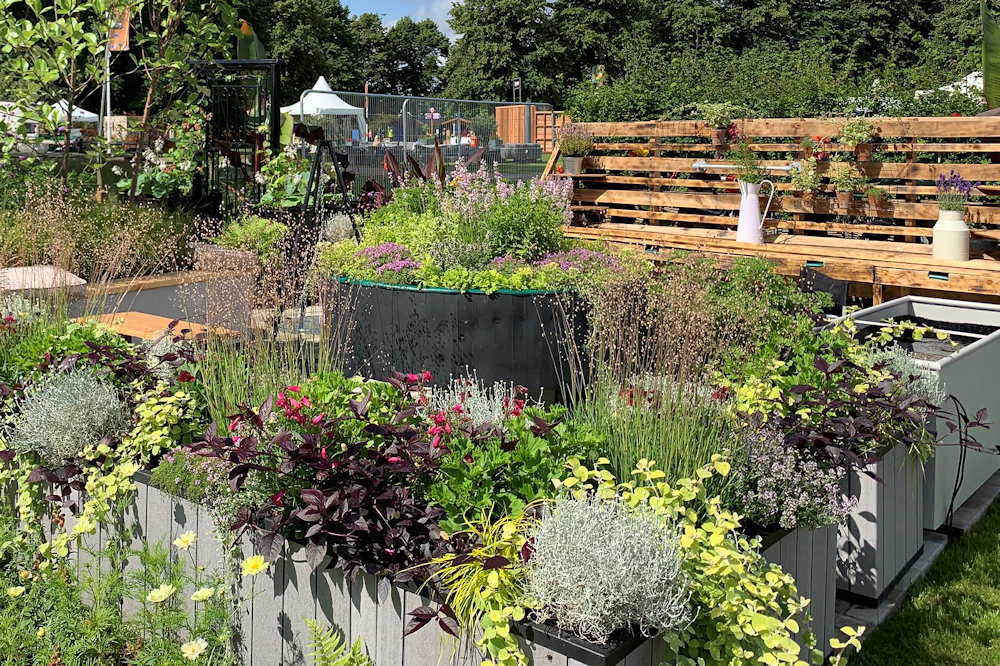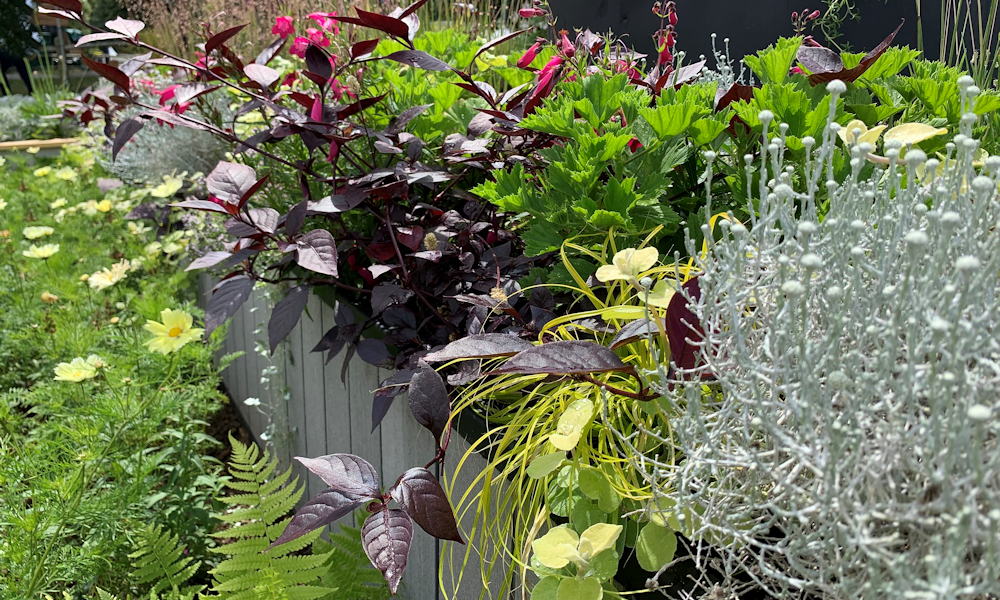In recent years, sensory gardens have grown in popularity among home garden owners seeking to create outdoor spaces that are not only visually appealing but also engaging to all the senses. These unique gardens go beyond aesthetics to offer immersive experiences that can relax, stimulate, and rejuvenate those who step into them. But what exactly is a sensory garden? Where does this concept come from, and why is it becoming more relevant today? In this article, we’ll explore the history of sensory gardens, delve into their growing significance, and provide practical tips on how you can create one in your own backyard.

The Roots of Sensory Gardens: A Brief History
The concept of sensory gardens isn’t new; it has its roots in ancient healing practices and therapeutic horticulture. The idea of creating spaces that engage the senses can be traced back to medieval monastery gardens, where herbs and other plants were cultivated for both medicinal and spiritual purposes. However, the term “sensory garden” as we know it today started gaining traction in the mid-20th century, particularly in the fields of special education and therapy.
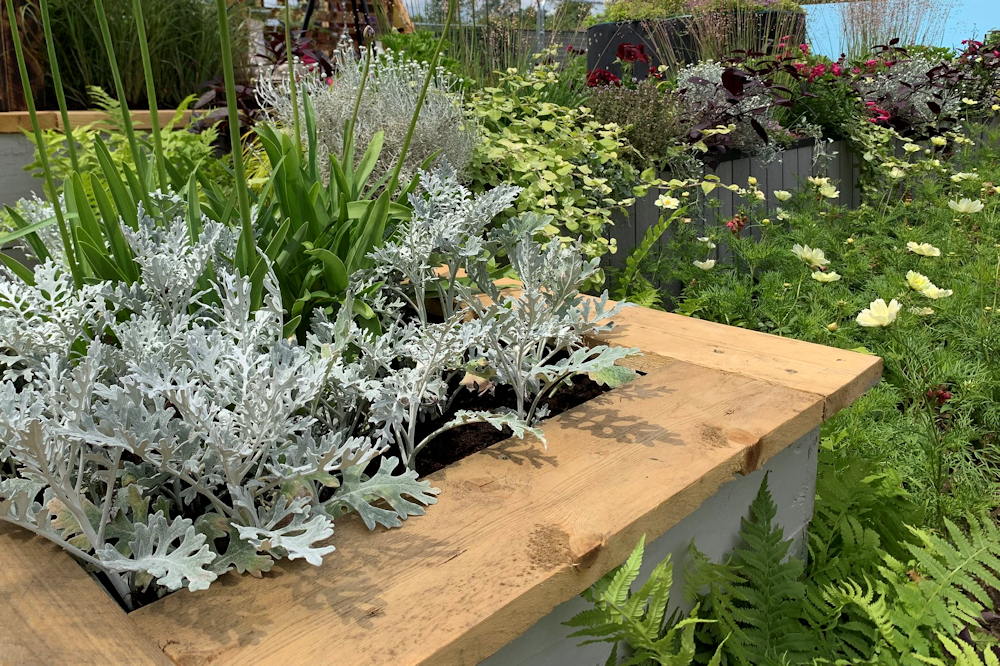
Sensory gardens were initially designed for people with disabilities, including children with autism, individuals with dementia, and those recovering from trauma. These gardens provided a safe and stimulating environment where they could explore different textures, scents, and sounds. Over time, the concept has expanded to encompass a broader audience, making it an appealing choice for anyone looking to enrich their outdoor experience.

Why Sensory Gardens Are More Relevant Today
The growing interest in sensory gardens can be attributed to our increasing awareness of the importance of mental well-being and the therapeutic benefits of nature. In a fast-paced world dominated by screens and constant stimulation, many people are turning to their gardens as a source of solace and connection to the natural world. Sensory gardens offer a sanctuary from daily stresses, providing a multi-sensory experience that promotes relaxation, mindfulness, and even physical health.
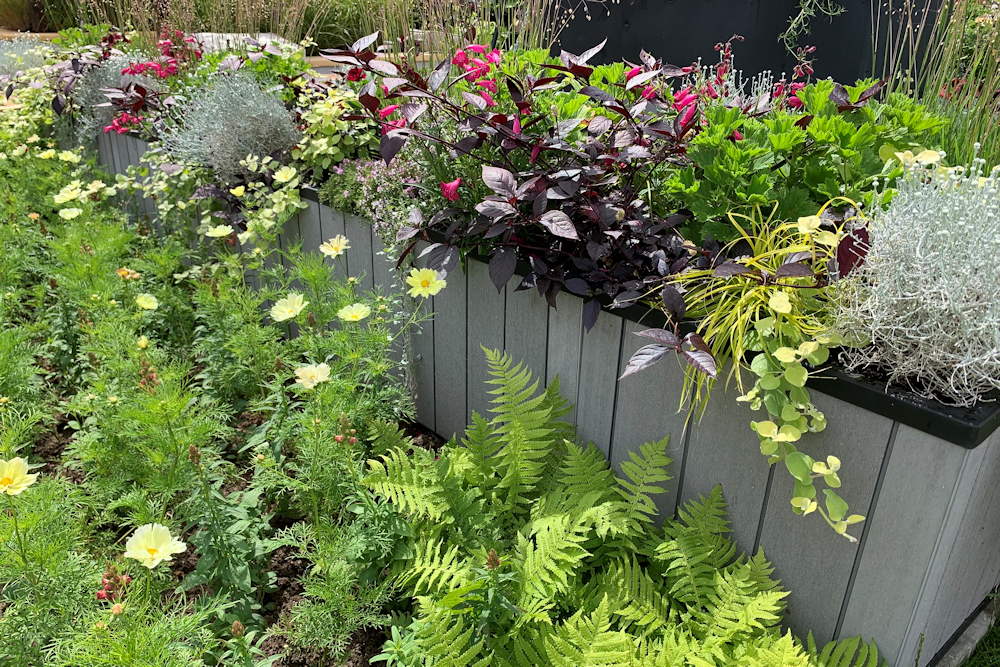
Additionally, the push toward inclusivity and accessibility in garden design has brought sensory gardens to the forefront. These gardens are designed to be enjoyed by people of all ages and abilities, making them a perfect addition to community spaces, schools, hospitals, and private homes.
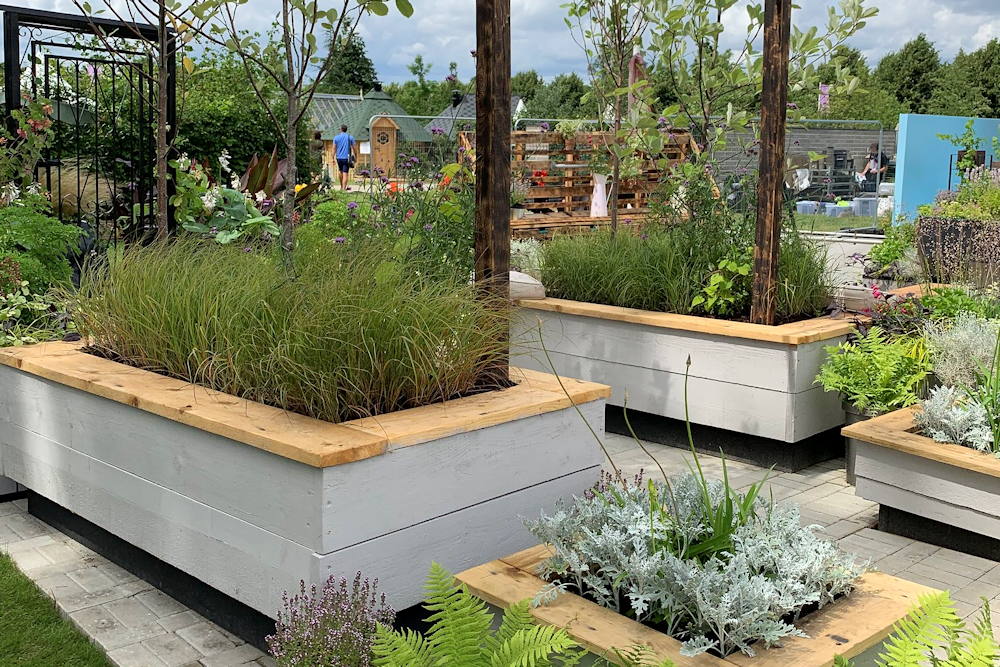
Creating a Sensory Garden in Your Backyard
Creating a sensory garden doesn’t require a vast amount of space or a professional landscape designer. It can be as simple or as elaborate as you like, depending on your space, budget, and personal preferences. The key is to think beyond just visual appeal and consider how your garden can engage all five senses: sight, sound, touch, taste, and smell.
1. Engaging the Sense of Sight: Consider plants with vibrant colors and varied shapes. Flowers like marigolds, sunflowers, and tulips provide striking visuals, while adding a variety of foliage, such as hostas or ferns, introduces different shades of green and textures.

2. Stimulating the Sense of Smell: Incorporate fragrant plants like lavender, rosemary, jasmine, and honeysuckle to fill the air with delightful scents. You can also include herbs such as mint or thyme, which release their aromas when touched or brushed against.

3. Inviting the Sense of Touch: Texture is a crucial element in a sensory garden. Plants like lamb’s ear, with its soft, velvety leaves, or the spiky foliage of ornamental grasses, can provide contrasting tactile experiences. You can also incorporate different materials like smooth stones, wooden pathways, or water features that invite touch.
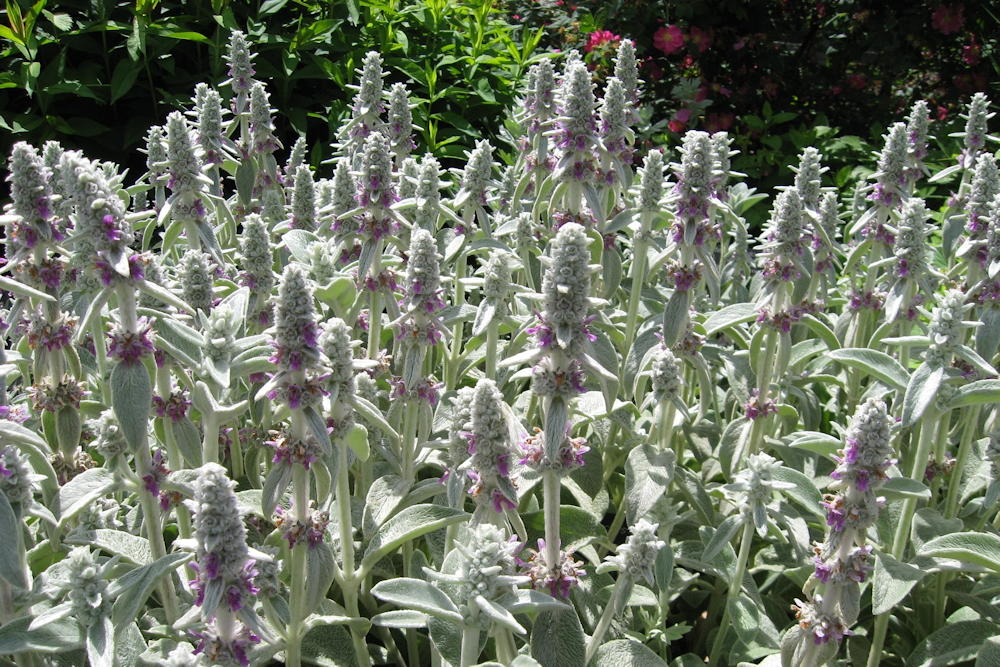
4. Awakening the Sense of Sound: Create a calming soundscape with wind chimes, rustling grasses, or water features such as small fountains or bubbling brooks. The sound of birds can also be a delightful addition, so consider adding bird feeders or bird-friendly plants.

5. Savoring the Sense of Taste: Edible plants like berries, herbs, and vegetables can engage the sense of taste. Planting fruits like strawberries or herbs like basil and mint can allow you to enjoy a fresh, sensory-rich experience right from your garden.
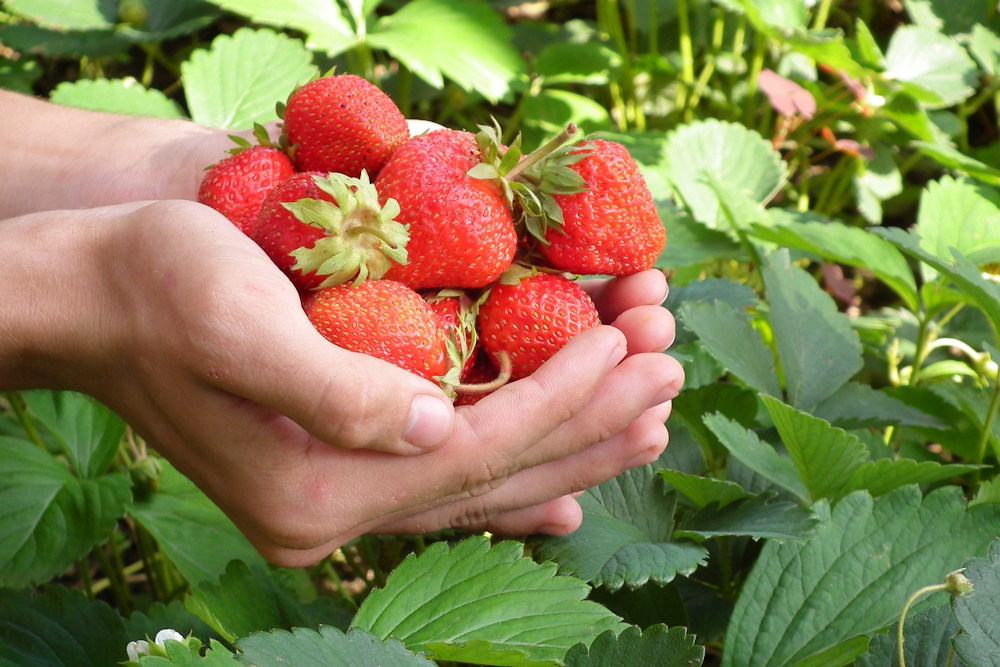
Two Practical Examples of Sensory Gardens
1. The Tranquil Retreat Garden
Imagine stepping into a small, intimate garden space designed for relaxation and mindfulness. This sensory garden is centered around a gently trickling water fountain surrounded by fragrant lavender and jasmine. Soft grasses sway in the breeze, and strategically placed wind chimes add a gentle melody to the air. Paved paths made from smooth stones lead to benches nestled under shade trees, where one can sit, touch the soft leaves of lamb’s ear, and take in the calming scents. This type of sensory garden is perfect for someone looking for a private retreat to unwind after a long day.
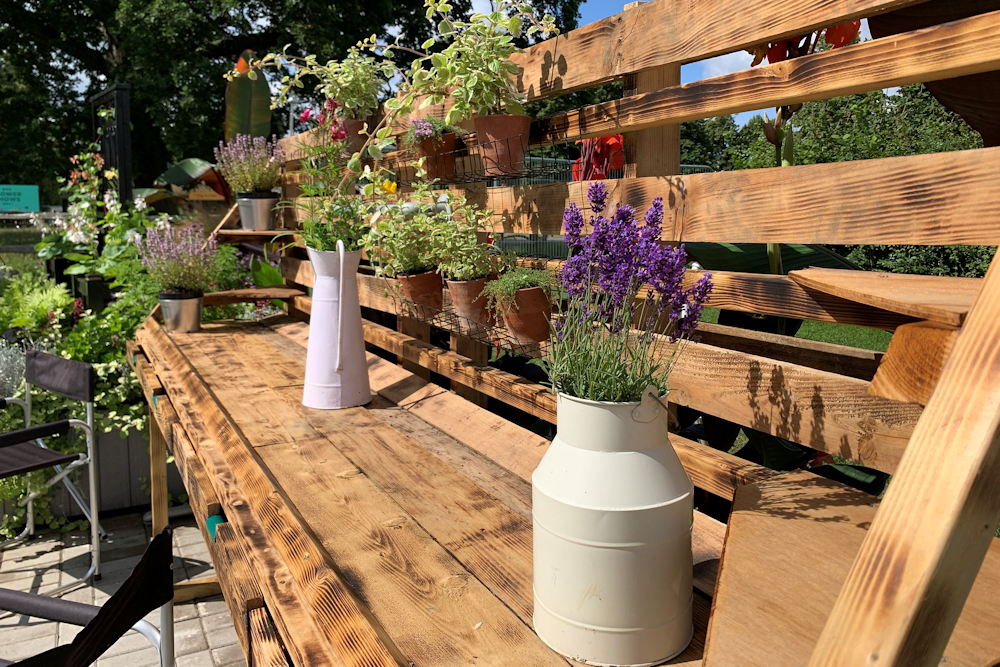
2. The Family-Friendly Sensory Adventure
For families with children, a sensory garden can be an exciting playground for exploration. This garden features raised beds filled with edible plants like strawberries, cherry tomatoes, and fragrant herbs such as basil and mint. A winding path made of different materials – gravel, wood chips, and smooth pebbles – offers a variety of textures underfoot. Brightly colored flowers attract butterflies, while bird feeders draw in local birds, adding to the sensory experience. Water play areas with shallow streams or small fountains can also provide tactile and auditory stimulation, making this garden both fun and educational.

5 Interesting Facts About Sensory Gardens
- Beneficial for All Ages: Sensory gardens aren’t just for children or those with disabilities; they can offer therapeutic benefits for people of all ages, promoting relaxation, stress relief, and mental clarity.
- A Natural Stress Reliever: Studies have shown that spending time in a sensory garden can lower cortisol levels, the hormone responsible for stress, helping to promote a sense of calm.
- Boosts Biodiversity: Sensory gardens often include a wide variety of plants that attract pollinators like bees, butterflies, and birds, contributing to a healthier ecosystem.
- Encourages Mindfulness: Engaging all five senses can enhance mindfulness practices, allowing garden visitors to focus on the present moment and cultivate a sense of inner peace.
- Promotes Community Building: Sensory gardens are increasingly being included in public spaces such as parks, schools, and healthcare facilities, providing inclusive environments that bring communities together.
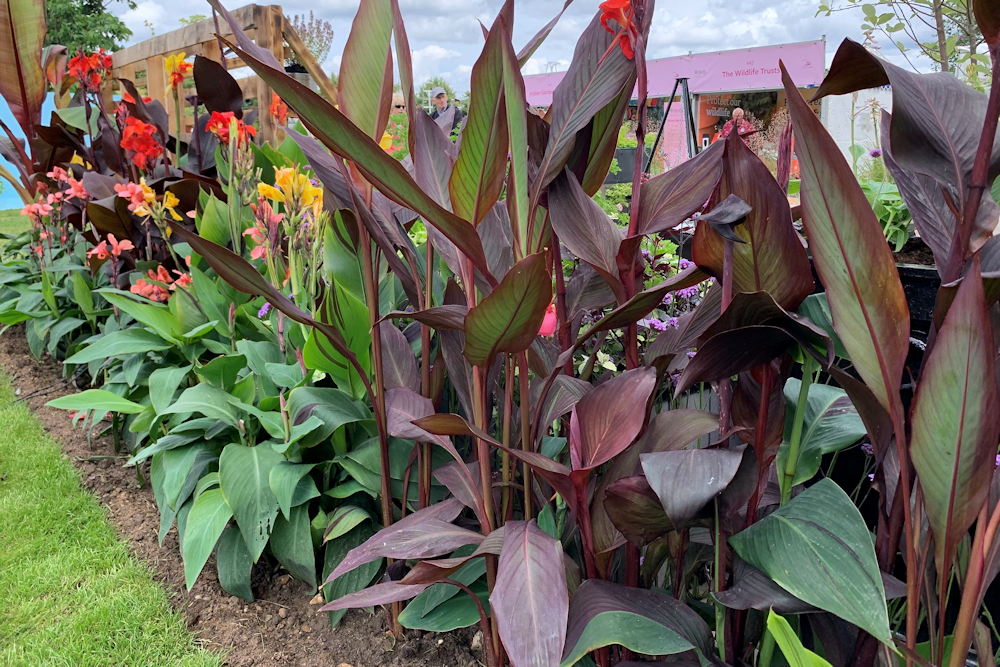
Nurturing the Senses
Sensory gardens offer a unique way to connect with nature, providing a holistic experience that engages the mind, body, and soul. Whether you’re looking to create a peaceful retreat, a vibrant family space, or a garden that serves a therapeutic purpose, incorporating sensory elements can transform your outdoor area into a haven of sensory delight. With a bit of planning and creativity, any home garden owner can create a sensory paradise that will be enjoyed for years to come.
